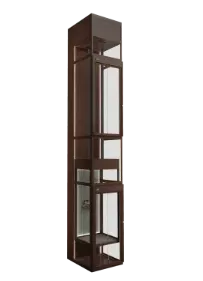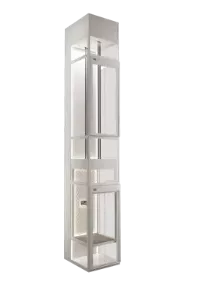-
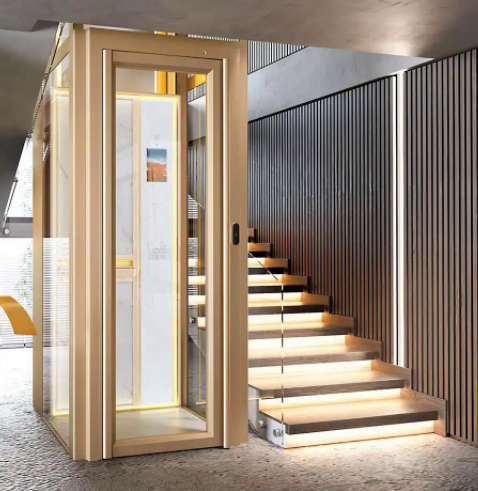
Elevator structure and function
An elevator is a power-driven electromechanical device that uses a rigid guide rail or steps (treads) along a fixed path to lift, lower, or transport people or goods horizontally. This includes passenger (or freight) elevators, escalato...
2025.08.13 -
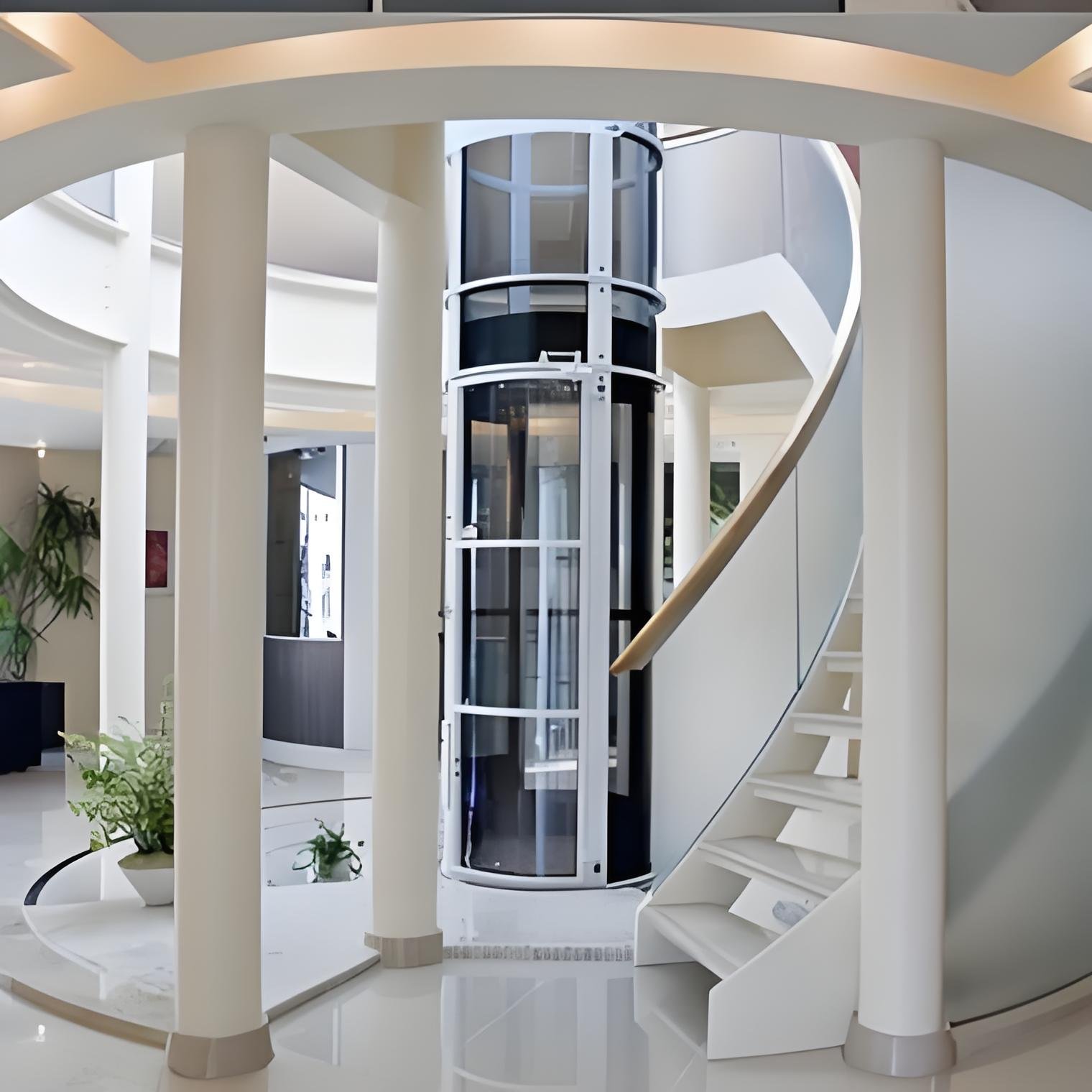
What is a hydraulic elevator?
Early home elevators were primarily hydraulic, especially in developed countries like Europe and the United States, where most villa owners installed a hydraulic home elevator. A hydraulic elevator uses a hydraulic power source to pr...
2025.08.07 -
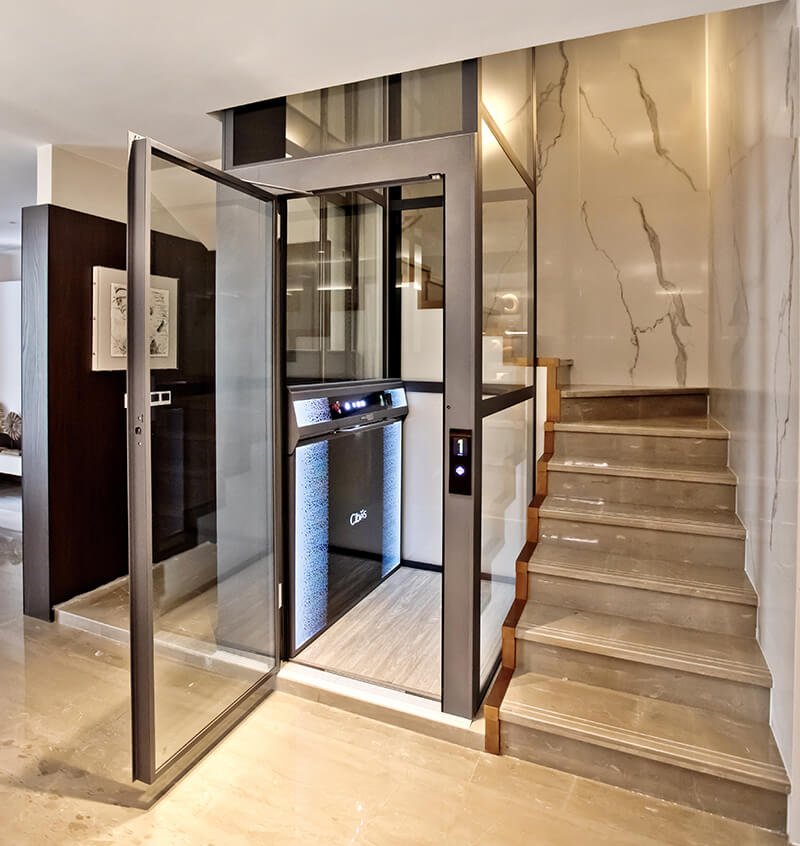
Function of overload protection device for home villa elevator
An elevator overload protection device is a crucial safety feature. When an elevator is unattended, overload protection is crucial for the safety of passengers, cargo, and the elevator itself. A residential elevator overload occurs when...
2025.08.07 -
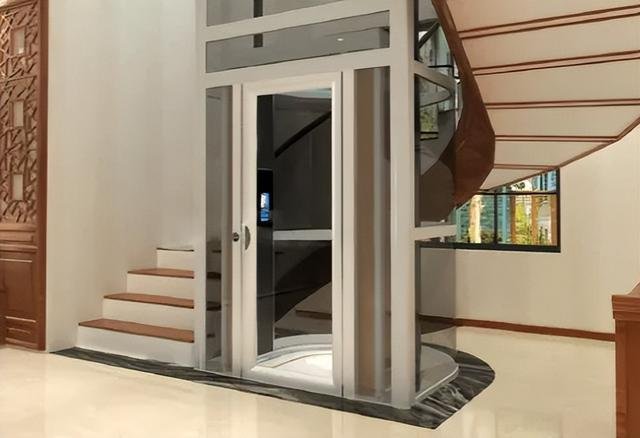
How to install a small home elevator
As living standards improve, many families are installing small home elevators. As large, precision furniture, small home elevators have high requirements for their installation environment. The quality of their installation determines ...
2025.08.07 -

The difference between villa elevators and public elevators
A villa elevator is correctly defined as a home elevator, which is installed in private residences and is intended for use by a single family. It can also be installed in buildings not exclusively for a single family, as a means for tha...
2025.07.30 -
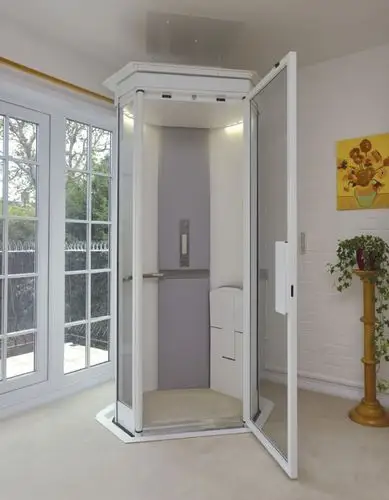
Hydraulic elevator thermal protection operation mode
The design standards for hydraulic elevators specify a mechanical environmental temperature range of 5 to 40 degrees Celsius for proper operation of hydraulic elevator equipment. However, in the summer, midday temperatures in mos...
2025.07.30

